In the UK, having access to broadband has become a daily need, influencing how families connect, work, and study. Finding out whether your house is ready for lightning-fast fiber or is still using antiquated copper lines is remarkably similar to entering your postcode into programs like Ofcom’s checker.
The postcode lottery is still very noticeable. In Birmingham, one street might have gigabit speeds, but a street about half a mile away experiences excruciatingly slow connections. This disparity is especially noticeable when celebrities move to estates in the country, only to discover that their opulent residences are constrained by slow broadband. Providers like Airband, who offer incredibly effective solutions to long-ignored sectors, have been motivated by this common discontent.
Essential Broadband Availability Tools in the UK
| Tool/Provider | Purpose | Website Link |
|---|---|---|
| Ofcom Checker | Official regulator tool for broadband and mobile coverage | https://checker.ofcom.org.uk/broadband-coverage |
| Compare the Market | Postcode checker with broadband deal comparison | https://www.comparethemarket.com/broadband |
| Uswitch | Broadband postcode and price comparison | https://www.uswitch.com/broadband/postcode_checker |
| Openreach | Fibre rollout status and full fibre availability checker | https://www.openreach.com/fibre-checker |
| Virgin Media | Fibre broadband postcode checker for packages and deals | https://www.virginmedia.com/broadband/postcode-checker |
| Vodafone | Broadband availability and speed checker | https://www.vodafone.co.uk/broadband |
| Airband | Specialist rural ultrafast broadband provider | https://www.airband.co.uk/broadband-coverage-checker |
| ThinkBroadband | Independent speed and coverage checker with mapping insights | https://labs.thinkbroadband.com/local/postcode-search |
For someone starting the search, Ofcom’s interface is still incredibly straightforward, displaying speed ranges and indicating whether fiber has arrived. However, comparison websites such as Uswitch or Compare the Market turn unprocessed technical data into something really useful: reasonably priced options. By comparing packages, these websites are incredibly successful at helping consumers save money—sometimes saving hundreds of pounds annually.
By highlighting the wider distribution, the Openreach fiber checker adds another level of complexity. A community’s transformation is significantly enhanced once full fiber is installed; households can stream ultra-HD content without interruption, businesses can run smoothly, and students can take advantage of uninterrupted online instruction. This deployment is more than just technical; it is very symbolic, evoking past initiatives such as national electrification, in which opportunity was created by infrastructure.
Virgin Media is still a fierce competitor, frequently filling in for Openreach. Its postcode tool, which offers affordable packages that combine TV, broadband, and mobile, is very creative. Virgin’s dependability has been incredibly dependable for live streaming, digital conferences, and intense gaming for a large number of London homes, including media professionals and athletes.
Another emerging trend is the combining of internet with mobile and entertainment services, as seen by providers such as Vodafone, EE, and Sky. Families seeking cost savings and convenience will find this strategy intriguing due to its extreme versatility. However, as consumer advocates stress, the long-term effects of contract duration and hidden fees should never be overshadowed by the enticement of free devices or gift cards.
The social effects of broadband access are remarkably comparable to those of early 20th-century electricity. Reliable internet throughout the epidemic was crucial to the survival of businesses, the ability of children to attend school, and the ability of loved ones to stay in contact. Politicians frequently discuss “leveling up,” but the real test is if fiber reaches little Welsh communities as rapidly as it does boroughs in central London.
By mapping not only availability but also actual performance, independent platforms such as ThinkBroadband offer a very useful viewpoint. Their observations demonstrate how the urban-rural divide still exists while also emphasizing how connectivity in underserved areas is being greatly enhanced by smaller alternative networks, commonly referred to as “altnets.” Similar to how fintech firms upended traditional banking, these agile providers are revolutionizing connection, demonstrating that innovation can flourish outside of well-established behemoths.
In the end, verifying broadband availability is about putting yourself at the forefront of advancement, not just about convenience. Entering a postcode has unexpected consequences, revealing if a house is prepared for immersive gaming, hybrid working, or cutting-edge technologies like augmented reality. Upgraders frequently find that their habits are altered and that they are able to live and work in previously unthinkable ways.
These days, the quiet motor of opportunity is broadband connection. For anyone making decisions, resources like Ofcom’s checker, Openreach’s rollout map, and independent platforms like ThinkBroadband provide incredibly clear information. Because internet access is rapidly defining both opportunity and lifestyle, the best course of action for households is to check often, compare widely, and take decisive action.
